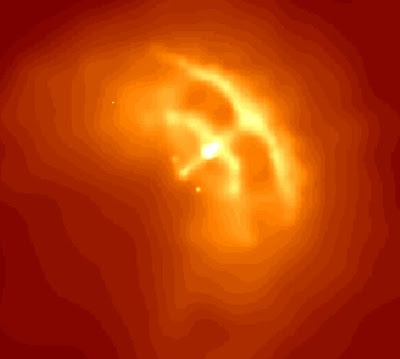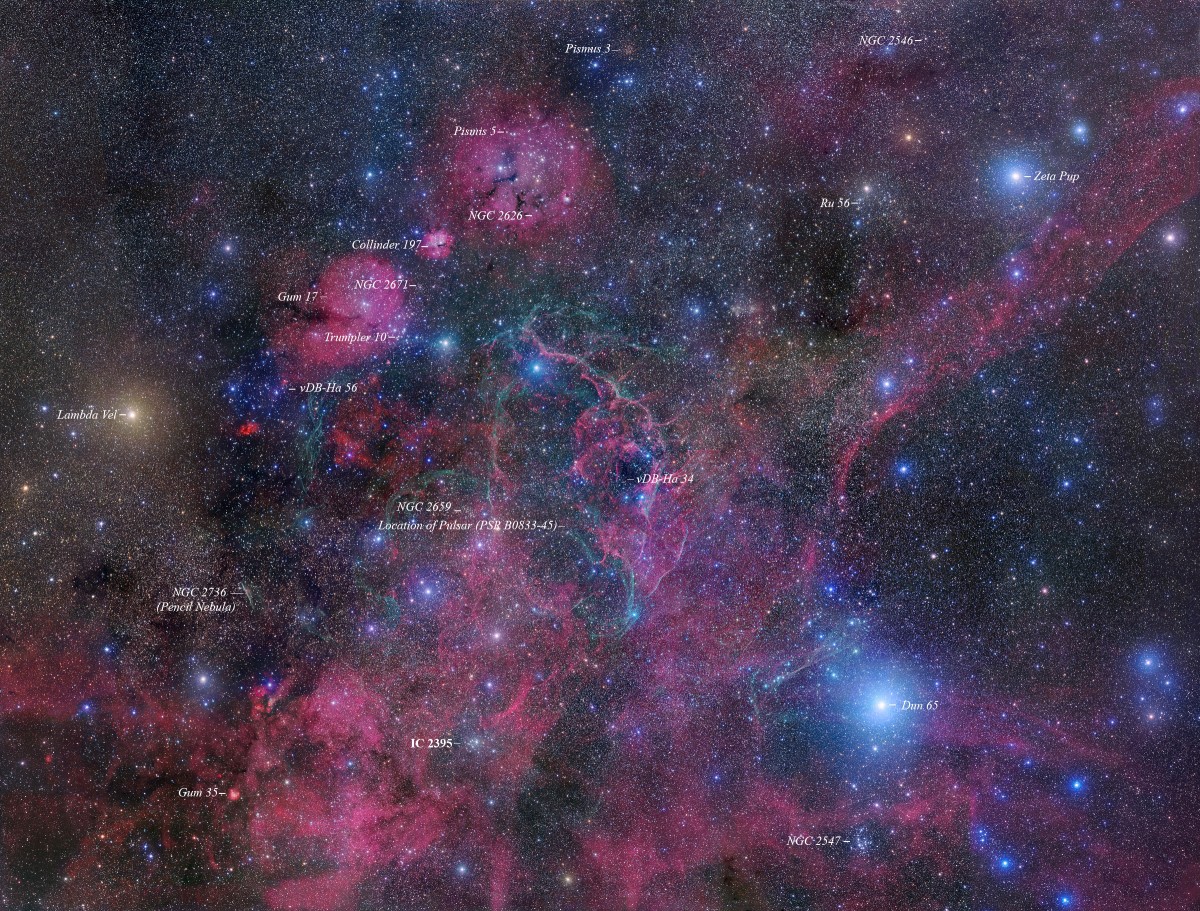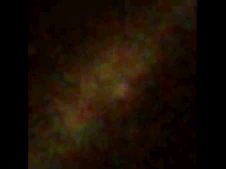emc wrote:
- “Everything about him was old except his eyes and they were
the same color as the sea and were cheerful and undefeated.”
"No good book has ever been written that has in it symbols arrived at beforehand and stuck in.
...I tried to make a real old man, a real boy, a real sea and a real fish and real sharks.
But if I made them good and true enough they would mean many things". - Earnest Hemingway
Villanova motto:
Veritas, Unitas, Caritas (Truth, Unity, Love)
http://en.wikipedia.org/wiki/The_Old_Man_and_the_Sea wrote:
<<The Old Man and the Sea recounts an epic battle of wills between an old, experienced fisherman and a giant marlin said to be the largest catch of his life. It opens by explaining that the fisherman, who is named Santiago, has gone 84 days without catching any fish at all. He is apparently so unlucky that his young apprentice, Manolin, has been forbidden by his parents to sail with the old man and been ordered to fish with more successful fishermen. Still dedicated to the old man, however, the boy visits Santiago's shack each night, hauling back his fishing gear, feeding him and discussing American baseball—most notably Santiago's idol,
Joe DiMaggio....
A group of fishermen gather the next day around the boat where the fish's skeleton is still attached.
One of the fishermen measures it to be
18 feet from nose to tail. Tourists at the nearby café mistakenly take it for a shark.
-----------------------------------------------------------------
The Note: Episode no.
18
Broadcast date: September
18, 1991
Kramer: I just saw
Joe DiMaggio in Dinky Donuts.
You know, I looked in there and there he was having coffee and a donut.
Jerry:
Joe DiMaggio? In Dinky Donuts?
Kramer: Yeah.
Joe DiMaggio.
Jerry: I'm sorry, if
Joe DiMaggio wants a donut he goes to
a fancy restaurant or a hotel. He's not sitting in Dinky Donuts.
Kramer: Well maybe he likes Dinky Donuts.
George: I don't even like to sit next to a man on an airplane 'cause our knees might touch.
Jerry: I can't see
Joe DiMaggio sitting at the counter
in little tiny filthy smelly Dinky Donuts.
Kramer: Why can't
Joe DiMaggio have a donut like everyone else?
Jerry: He can have a donut, but not at Dinky.
George: I don't even like to use urinals, I've always been a stall man.
Kramer: Look I'm telling-- (he does a double take and looks at George)
I'm telling you, that was
Joe DiMaggio.
George: The guy slept with Marilyn Monroe, he's in Dinky Donuts.
......................................................
Kramer: Hey, I saw DiMaggio in the donut shop again.
Jerry: Uh huh.
Elaine:
Joe DiMaggio?
Kramer:
Joe DiMaggio, you know this time I went in and sat down
across from him and I really watched him. I studied his every move. For example, he dunks.
Elaine:
Joe DiMaggio dunks his donut?
Kramer: That's right.
Jerry: See, now I know it's not him.
Joe DiMaggio could not be a dunker.
Kramer: Oh, he's a dunker.
Elaine: Why couldn't he be a dunker?
---------------------------------------
 Vela Supernova Remnant
Vela Supernova Remnant







